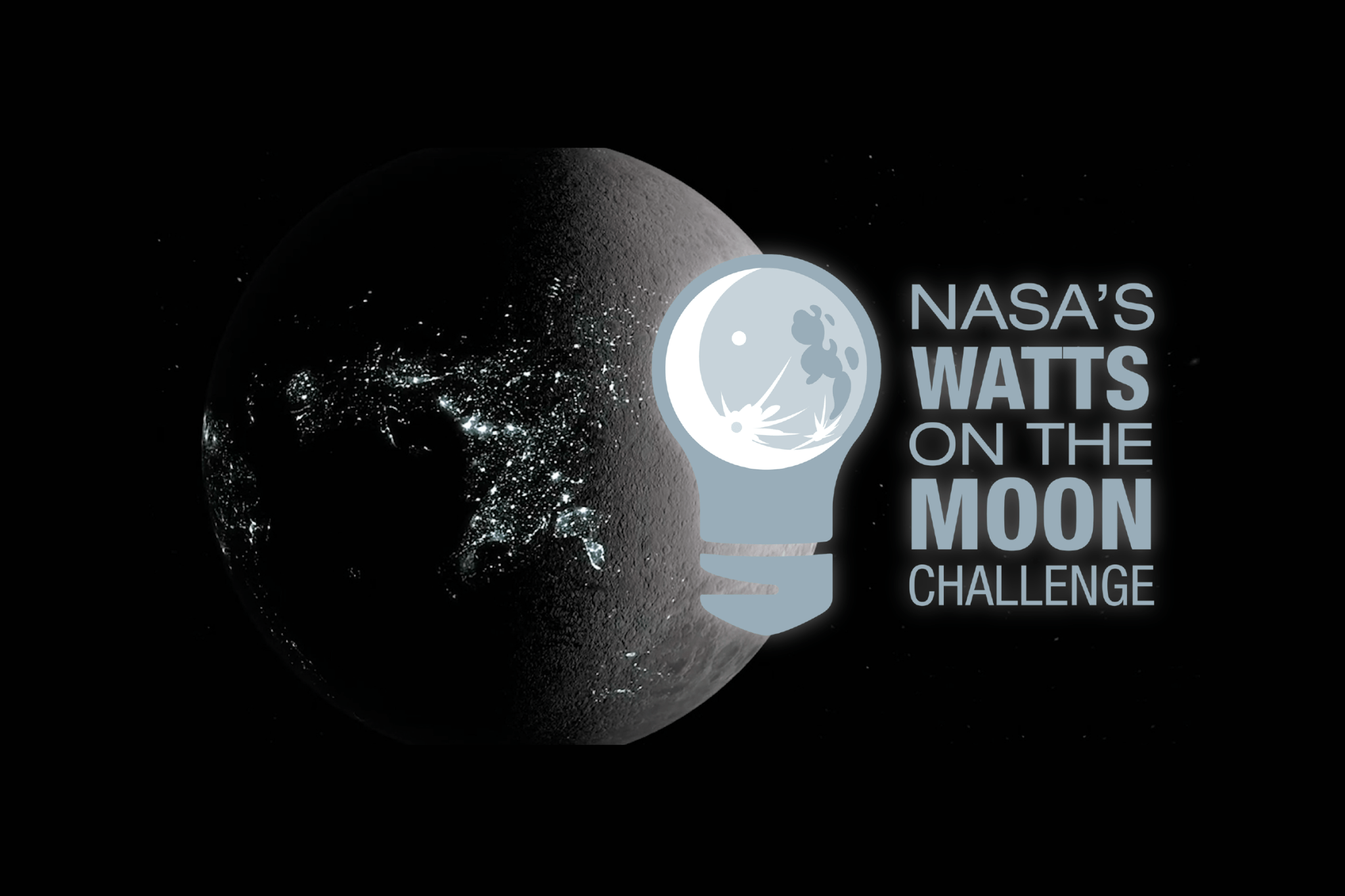With the upcoming launch of Artemis I, NASA is setting the stage to land the first woman and the first person of color on the Moon. Future Artemis astronauts living and working on the lunar surface will require rugged technologies that can store energy and deliver continuous, reliable power.
Toward that goal, NASA has announced seven teams advancing to the next level of the agency’s Watts on the Moon Challenge. The $5 million, multi-level prize competition challenges innovators from all walks of life to develop pioneering power systems light enough for spaceflight and tough enough to withstand the harsh lunar environment.
“Building a strong infrastructure on the Moon is critical to enabling sustained human presence on the Moon and beyond,” said Denise Morris, acting program manager for NASA’s Centennial Challenges at Marshall Space Flight Center in Huntsville, Alabama. “The Watts on the Moon Challenge will get us one step closer by providing power transmission and energy storage solutions that will help future Artemis astronauts explore more of the lunar surface than ever before.”
The second phase of the challenge kicked off in February with a design competition. Phase 2, Level 1 challenged solvers to submit concepts for drawing power from an existing source and delivering it over nearly two miles (three kilometers) under the same temperature extremes and vacuum conditions found on the lunar surface.
The winning teams were chosen from submissions of technical documentation, including detailed engineering designs and analyses. A panel of judges reviewed, evaluated, and scored submissions based on key performance metrics such as minimal mass and maximum efficiency. Seven winning team will receive $200,000 each from NASA and move on to compete in Phase 2, Level 2.
The Phase 2, Level 1 winners are:
- Electric Moon, Columbus, Ohio
- Orbital Mining Corporation, Golden, Colorado
- Philip Lubin’s Team, Santa Barbara, California
- Michigan Technological University Planetary Surface Technology Development Lab, Houghton
- Skycorp, Santa Clara, California
- Virtus Solis Technologies Inc., Troy, Michigan
- X-Wheel Inc., Hialeah, Florida
“It’s really exciting because we’re developing new technology that will enable continuous human presence on the lunar surface,” said Rob Button, deputy chief of the Power Division at NASA’s Glenn Research Center in Cleveland, Ohio. “Specifically, we’re addressing long distance power transmission and energy storage in very cold conditions.”
Phase 2, Level 2 challenges these seven teams to develop and test key parts of their solutions. Up to four teams will win equal shares of $1.6 million and move on to compete in the Watts on the Moon Challenge finals. To close out the challenge, the four finalist teams will have to prove the success of their solution inside a vacuum chamber for two top prizes worth a total of $1.5 million.
In Phase 1 of this challenge, NASA awarded a total of $500,000 to seven teams in May 2021. Sixty teams submitted original design concepts aimed at meeting future needs for robust and flexible technologies to power human and robotic outposts on the Moon.
The Watts on the Moon Challenge is a NASA Centennial Challenge led by the agency’s Glenn Research Center in Cleveland, Ohio. NASA has contracted HeroX to support the administration of this challenge. Marshall Space Flight Center manages NASA’s Centennial Challenges on behalf of the agency’s Prizes, Challenges, and Crowdsourcing Program in the Space Technology Mission Directorate.
For more information on NASA’s Watts on the Moon Challenge, visit:
Media contact:
Molly Porter
Marshall Space Flight Center, Huntsville, AL
256-424-5158
molly.a.porter@nasa.gov



























